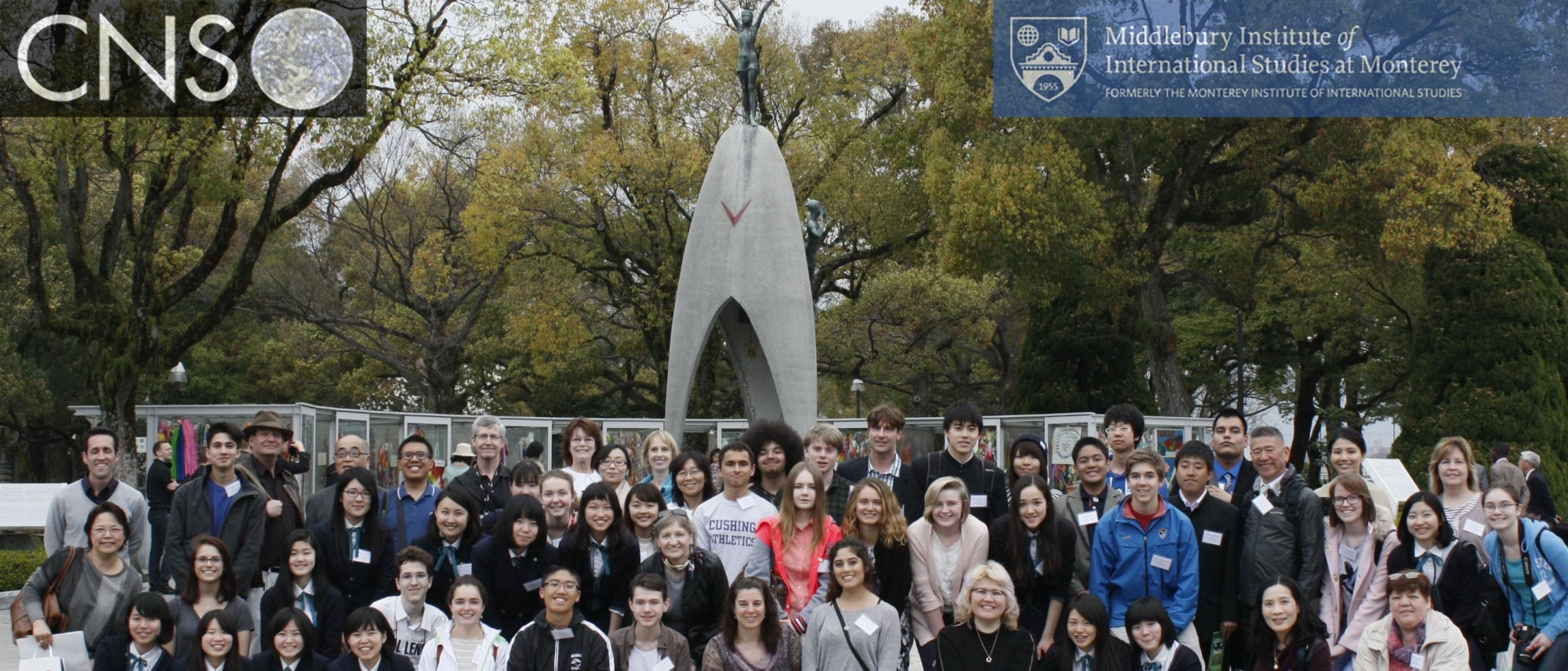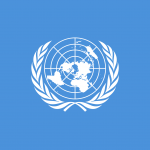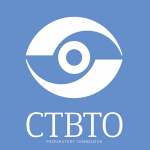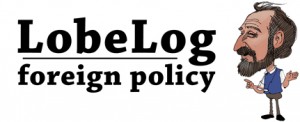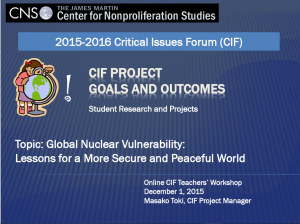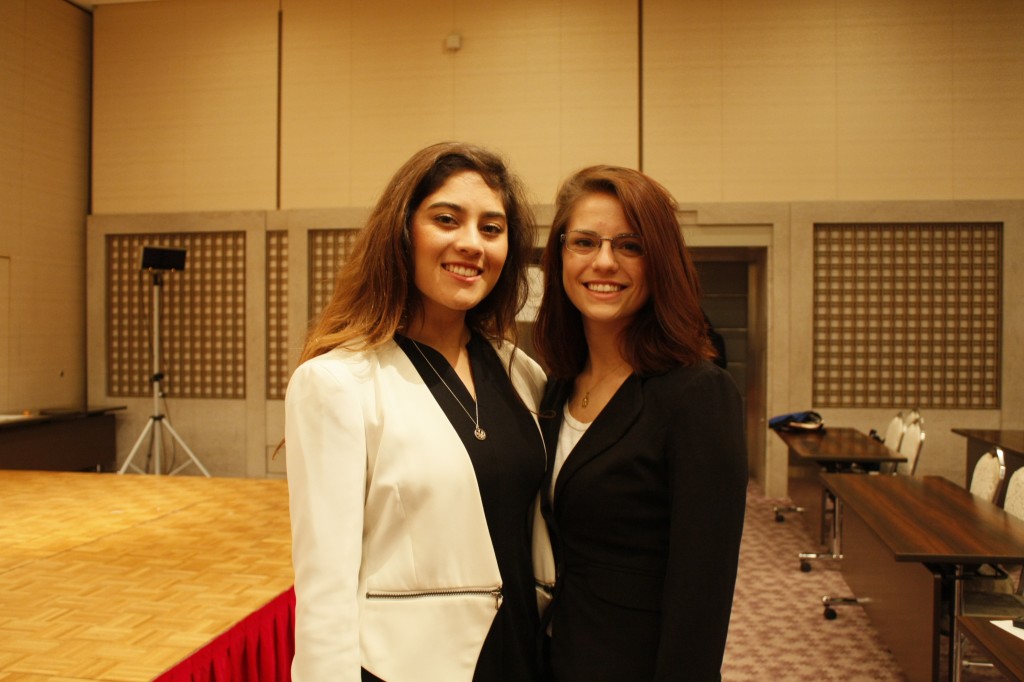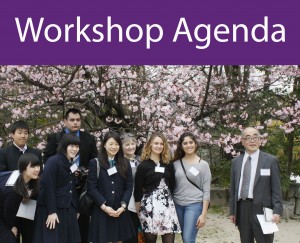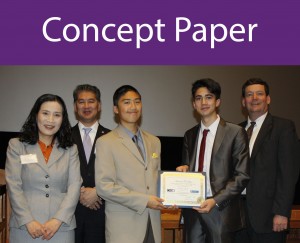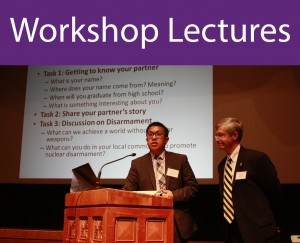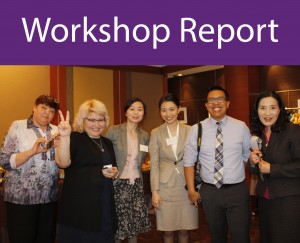*As of November 30th, 2015*
Adobe Connect Meeting URL: http://middlebury.adobeconnect.com/cifteachers/
Streaming from the MIIS Digital Learning Commons Studio
All listed dates and times are US Pacific Standard Time (PST) unless noted otherwise. For local time conversion, use this site. http://www.timeanddate.com/worldclock/converter.html
Tuesday, December 1st
2:00 PM – 2:30 PM (PST)
Welcome Remarks
Elena Sokova, Deputy Director, James Martin Center for Nonproliferation Studies
2:30 PM – 3:00 PM (PST)
Overview of the CIF Project and Teachers’ Workshop
Masako Toki, Project Manager, Nonproliferation Education Program and CNS Research Associate
3:00 PM – 4:00 PM (PST)
Introduction of 2015-2016 Mini Projects, Expectation and Outcome
Masako Toki, Project Manager, Nonproliferation Education Program and CNS Research Associate
Wednesday, December 2nd
2:00 PM – 3:30 PM (PST)
Lecture 1: What are Nuclear Weapons, and the Effects of Use?: Scientific Perspectives, Part 1
Dr. Ferenc Dalnoki-Veress, Adjunct Professor and Scientist-in-Residence
Thursday, December 3rd
2:00 PM – 3:30 PM (PST)
Lecture 2: Nuclear Weapons in Today’s World: Where Are We, How Did We Get Here, and the Future
Dr. Jeffrey Knopf, Program Chair, Nonproliferation and Terrorism Studies, MIIS
4:00 PM – 5:00 PM (PST)
Lecture 3: Introduction to this Year’s Topic: Global Nuclear Vulnerability: Lessons for a More Peaceful World
Dr. Benoit Pelopidas, Lecturer in International Relations, University of Bristol, UK
Friday, December 4th
10:00 PM – 11:30 PM (PST)
Lecture 4: U.S.-Soviet/Russia Nuclear Weapons Reduction: An Overview
Dr. Nikolai Sokov, CNS Senior Fellow
2:00 PM – 2:50 PM (PST)
Workshop 1: Language
Marie Butcher, English Instructor, MIIS
3:00 PM – 5:00 PM (PST)
Workshop 2: Citing Sources
Week 2
Monday, December 7th
7:30 AM – 9:00 AM (PST)
Lecture 5: The NPT Review Process and Future of Nuclear Disarmament
Gaukhar Mukhatzanova, Director, International Organizations and Nonproliferation Program
10:00 AM – 11:30 AM (PST)
Lecture 6: What are Nuclear Weapons, and the Effects of Use?: Scientific Perspectives, Part 2
Dr. Ferenc Dalnoki-Veress, Adjunct Professor and Scientist-in-Residence
3:00 PM – 4:30 PM (PST)
Lecture 7: Introduction to the Nuclear Nonproliferation and Disarmament Regimes
Joe Brazda, Research Associate, International Organizations and Nonproliferation Program
Tuesday, December 8th
2:00 PM – 3:00 PM (PST)
Lecture 8: Global Nuclear Vulnerability 1: Close Calls Case Studies
Dr. Benoit Pelopidas, Lecturer in International Relations, University of Bristol, UK
3:00 PM – 4:00 PM (PST)
Lecture 9: Global Nuclear Vulnerability 2: Close Calls Case Studies
Dr. Benoit Pelopidas, Lecturer in International Relations, University of Bristol, UK
Thursday, December 10th
4:00 PM – 4:50 PM (PST)
Workshop 3: Language: Focusing Your Message
Marie Butcher, English Instructor, MIIS
5:00 PM – 5:50 PM (PST)
Workshop 4: Making Effective Presentations
Friday, December 11th
3:00 PM – 3:30 PM (PST)
Introducing Useful Resources
Masako Toki, Project Manager, Nonproliferation Education Program and CNS Research Associate
3:30 PM – 4:00 PM (PST)
Wrap Up Session and Discussion for the Spring Conference
Masako Toki, Project Manager, Nonproliferation Education Program and CNS Research Associate
